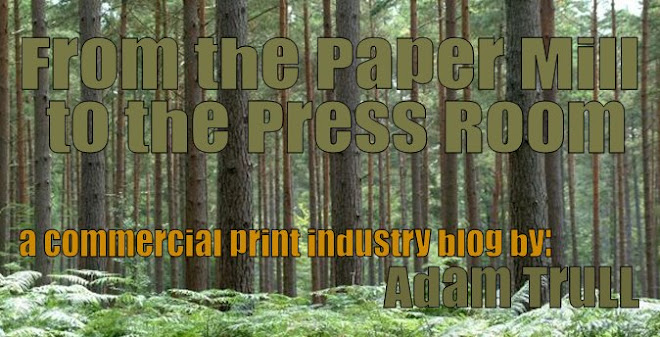How important is it really, to know how files are arriving and what types of proofs to utilize during estimating and production? Actually, it's extremely important. File type/delivery and proofing is a major factor in determining cost and time necessary for pre-press (especially on high-page count projects). So when determining an estimated cost and schedule for a project it’s crucial for us to know these factors.
Files
The most typical ways for files to arrive are:
Files
The most typical ways for files to arrive are:
1. CTP or high-resolution print-ready PDFs (least amount of pre-press time needed). An important note, when providing CTP files, it’s always of benefit to provide a source file JUST IN CASE, a last minute change needs to be made to the file.
2. Images are high-res and in position.
3. Images are not in position, and page assembly is required (most amount of pre-press time needed).
2. Images are high-res and in position.
3. Images are not in position, and page assembly is required (most amount of pre-press time needed).
Proofs
Your proofs are determined by your needs. The following are typical proofs:
1. Iris…or digital dylux...or dummy proof. These proofs are intended to show only how the pages will be collated, how the project will be finished, and is utilized to check copy. We produce a digital dylux on every project as a QA measure.

2. PDF Proof and/or “Dialogue” remote proofing. Before I begin, at a bare minimum on a job that has more than one-color, I absolutely recommend at least producing a set of Epson proofs so that we have something to match on press. With my disclaimer out of the way, PDF proofs are just as they sound: a high-res PDF that is really only intended to show that we made something like a type-change, added an image, etc. Taking that a step further, we offer a service called Dialogue, which allows for online collaborative proofing. The interface, which is similar to Photoshop, allows remote users to log in and do such tasks as check color builds of an image and review other user’s comments and leave your own. This is immensely valuable for clients (for example) who have many team-members involved, but are not within the same geographic proximity. Ask for a “test-drive” of this value-added service if you are interested.
3. Epson approval proof. Epson proofs are also utilized for approving color, but are faster to produce and significantly less in cost. I recommend Epson proofs for projects that are going to be produced on a gloss sheet, are not absolutely color critical (though you may not be able to tell the difference between an Epson and a Kodak), and/or a very high page-count project.
OR…
4. Kodak approval...or job-stock proof. These proofs are intended to show 100% accurate color on job-stock. These proofs typically cost the most and are the slowest, but are necessary for projects that do not require a gloss coated #3 domestic stock. This is because our Epson proofs are proofed on a stock similar to a gloss coated #3 domestic sheet.
As always, pre-press and proofing can be a huge time and cost expenditure. Be as explicit as possible so that we can help supply you with an accurate estimate and schedule.

